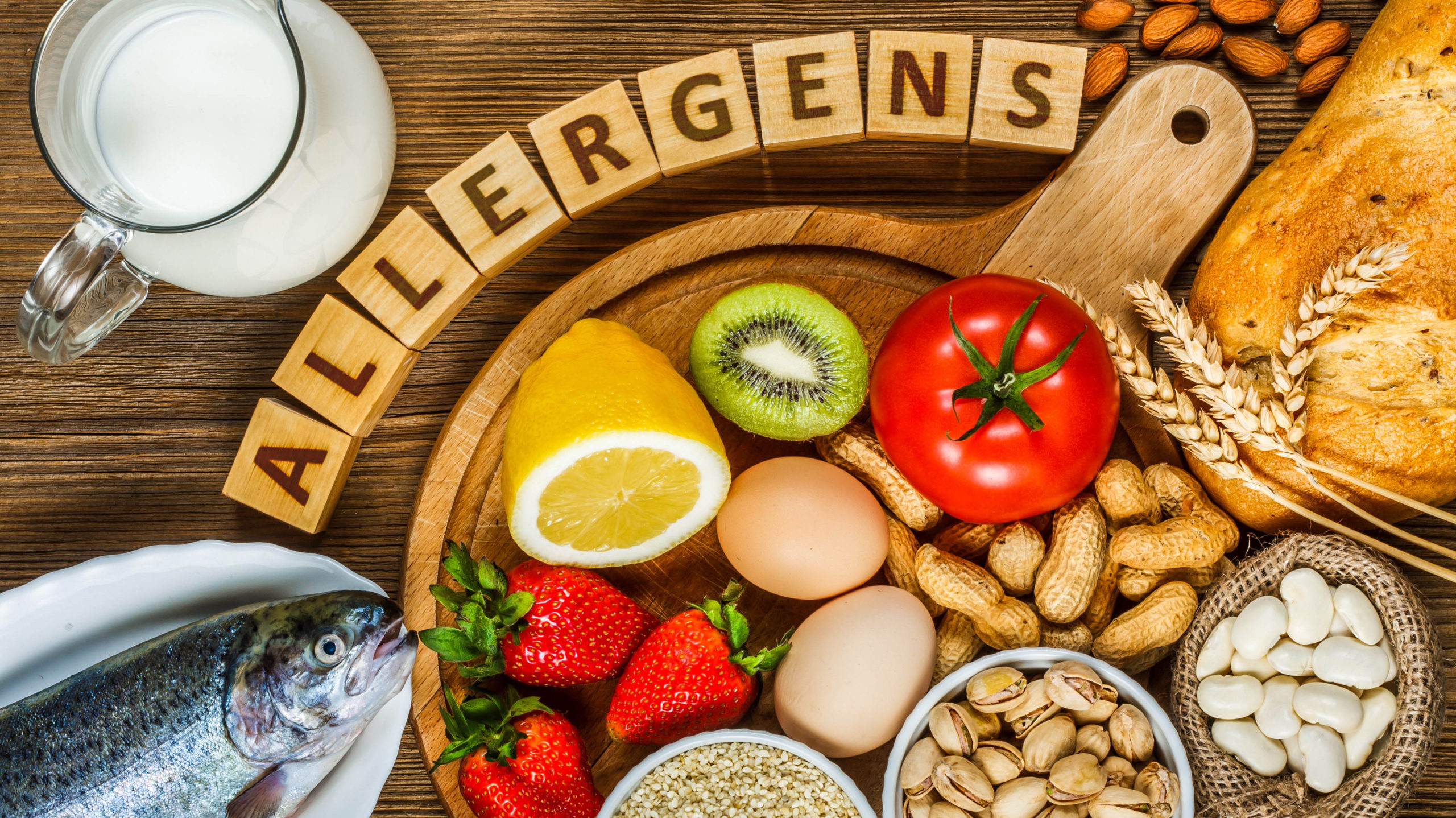Recognizing the threat posed by food allergies – A well-balanced diet rich in nutrients and vitamins is an essential component of a healthy diet. When coupled with routine exercise, a healthy diet can pave the way for a long life. However, some foods considered healthy, including dairy products and wheat, can pose a threat to men, women and children, triggering allergic reactions that can put their lives in jeopardy.
Food allergies are no small concern. In fact, according to FARE® (Food Allergy Research & Education), an organization dedicated to improving the quality of life and health of individuals with food allergies, an allergic reaction to food sends someone to the emergency room every three minutes in the United States. To avoid such trips, it’s imperative that people understand food allergies and learn to recognize the symptoms of allergic reactions.

What is a food allergy?
FARE® notes that food allergies are a medical condition in which exposure to certain foods triggers harmful responses from the immune system. According to the Centers for Disease Control and Prevention, these immune responses can be severe and life threatening. For example, anaphylaxis is a severe allergic reaction that causes the immune system to release a flood of chemicals, potentially sending a person into shock. The Mayo Clinic notes that anaphylaxis causes a sudden drop in blood pressure and the narrowing of airways, making it difficult, if not impossible, to breathe.
What are some symptoms of allergic reactions to food?
Anaphylaxis is a severe and life-threatening response to a food. Thankfully, not all symptoms of food allergies are so severe. FARE® notes that mild symptoms of food allergies may include:
· Hives
· A flareup of eczema characterized by a persistent dry, itchy rash
· Redness of the skin, especially around the mouth or eyes
· Itchy mouth or ear canal
· Nausea or vomiting
· Diarrhea
These mild to moderate symptoms can be uncomfortable and unnerving and should be reported to a physician immediately. People who suspect they are the result of a food allergy should write down everything they ate, and avoid certain foods that spark their suspicion until they have had a chance to visit their doctors.
Severe symptoms of food allergies may include:
· Difficulty swallowing
· Shortness of breath or wheezing
· Turning blue
· Loss of consciousness
· Chest pain
Are certain foods more likely to trigger allergic reactions?
The CDC notes that eight foods or food groups account for 90 percent of allergic reactions in the United States. These foods, many of which are otherwise healthy for many people, include items listed in this blog post:
Food allergies are no small threat. Learn more about the dangers of food allergies at www.foodallergy.org.
Article compliments of MetroCreative. TF195946
About the Author
Discover more from Courageous Christian Father
Subscribe to get the latest posts sent to your email.



